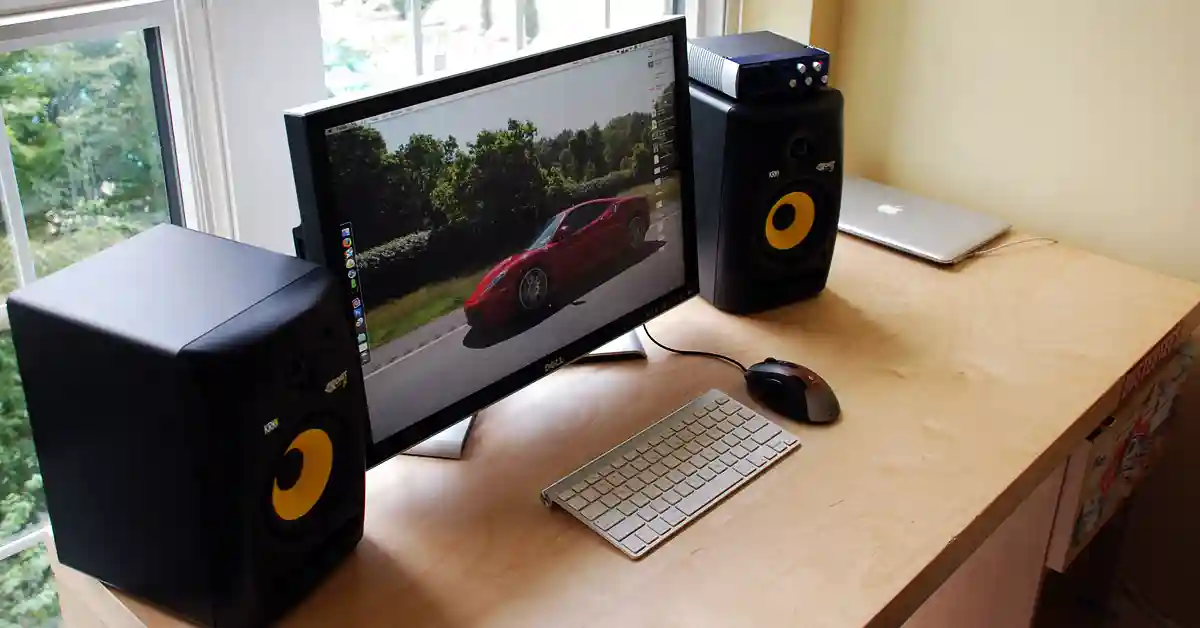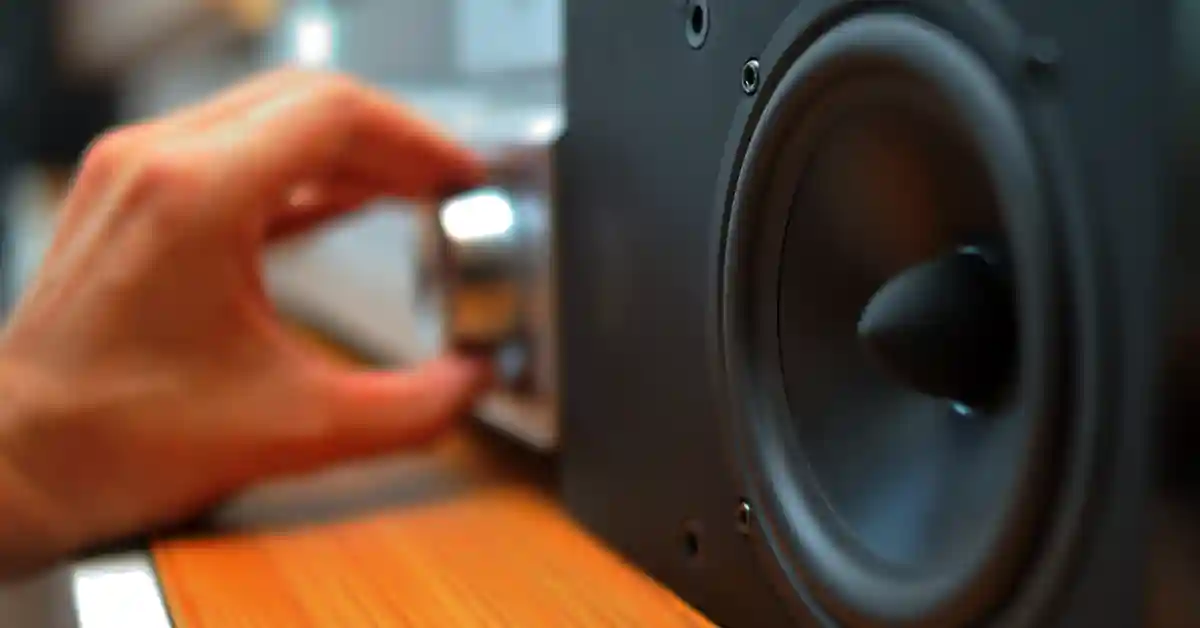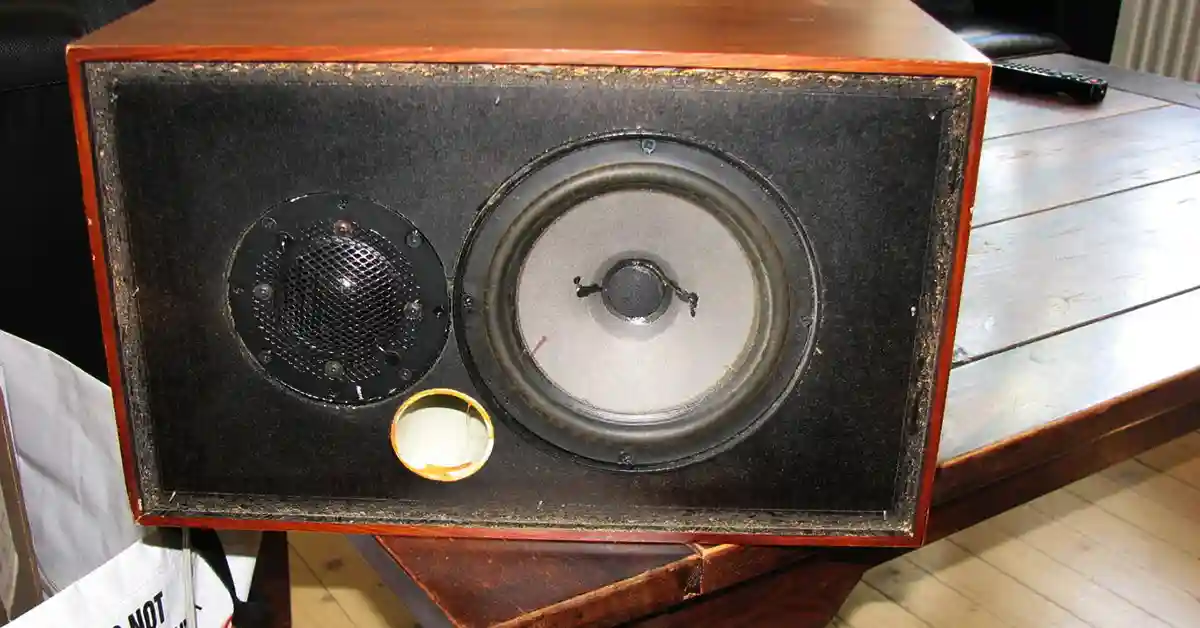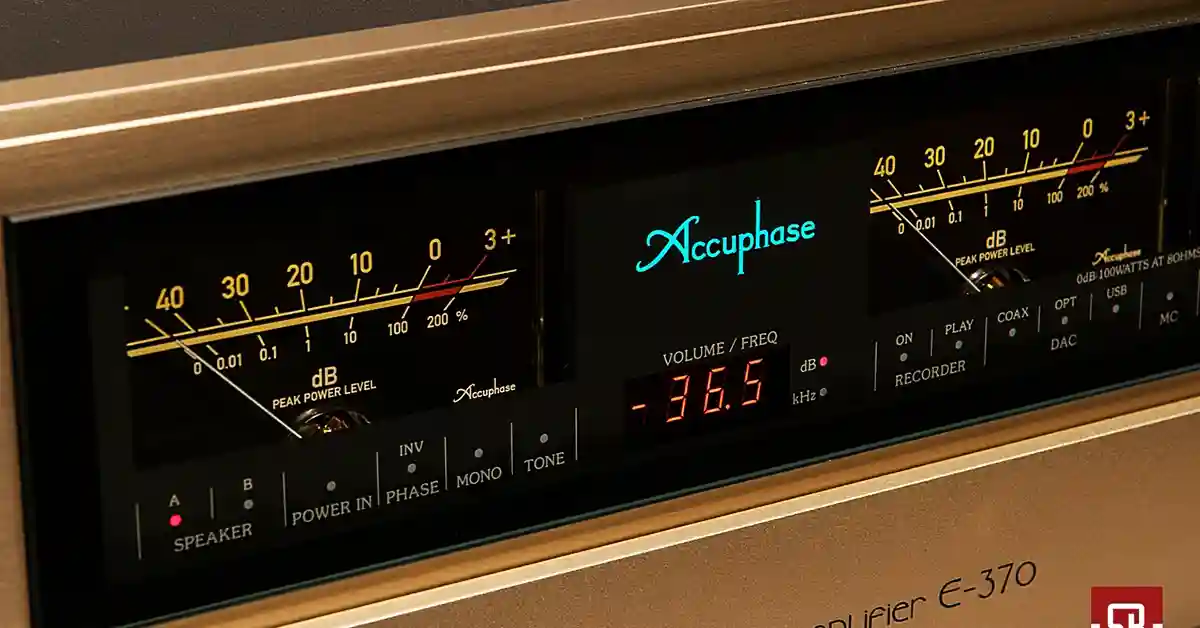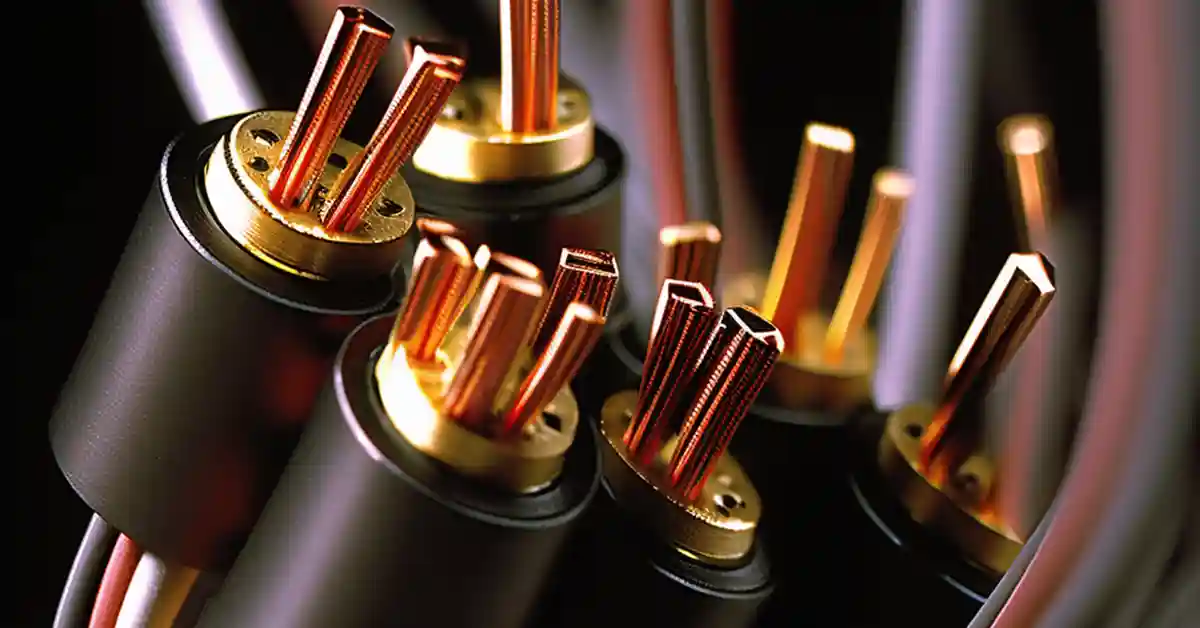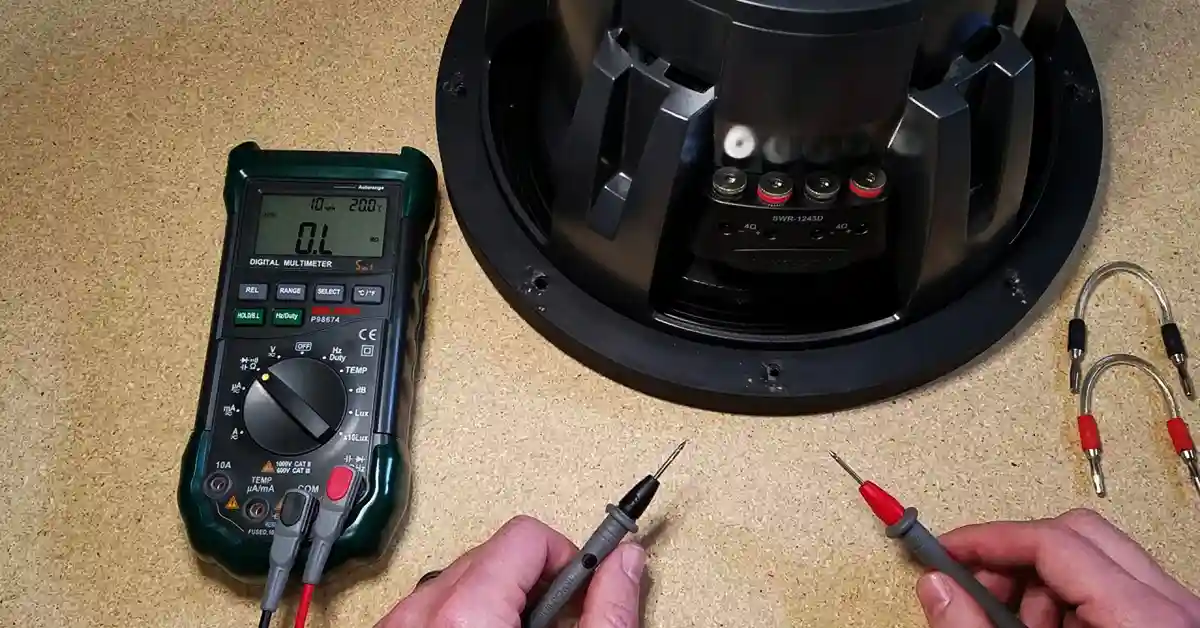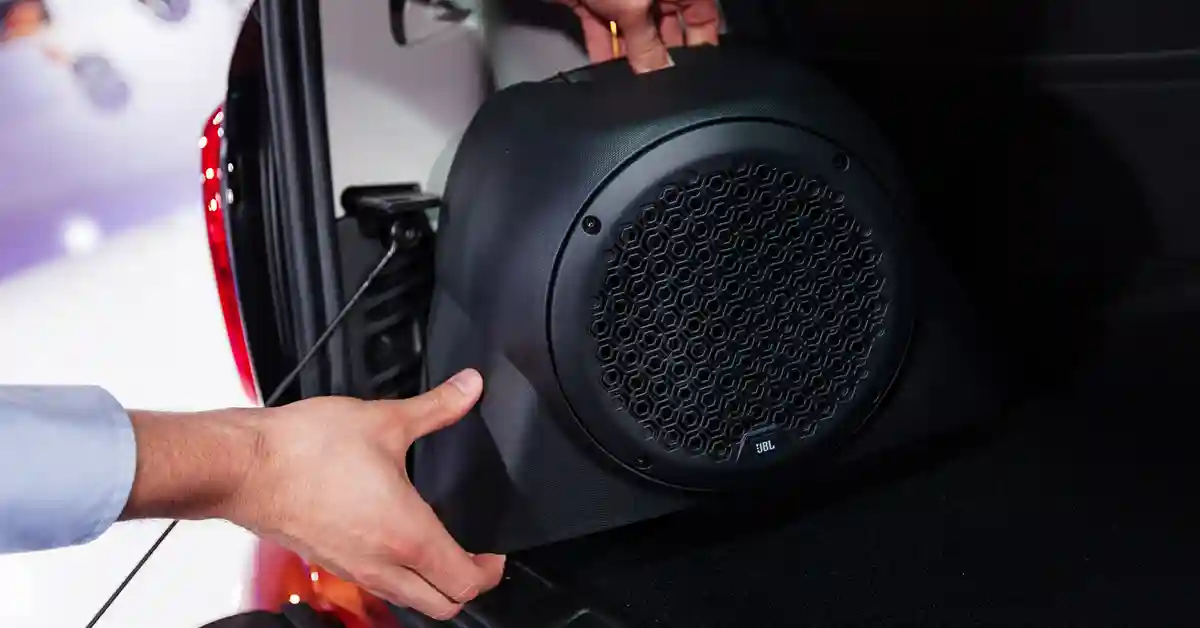How To Measure Speaker Size
Have you ever asked yourself how are speakers measured? Or how to measure a speaker? You could have just been curious but some people need to know. There could be a speaker sizing guide on how to determine speaker size or there could just be an article that you’re about to read.
That’s right, we’ve taken your queries and concerns and pumped out a how-to guide on measuring speaker size.
The dimensions of your speaker must have been given to you by the manufacturers. A manual or list is included with the box of your speaker. Some measurements are given as a standard for the brand you buy as well so it is beneficial to measure out the speakers yourself.
If you do not have those set measurements, here is a guide on measuring your speaker size.
What equipment you will need:
- Tape measure
- Screwdriver (or a butter knife if you’re in a pinch)
- Panel removing tools
- Piece of paper or notepad
- Pencil or pen
Measuring A Speaker
Step 1: Precautionary Measures
- Check if the hole where your speaker sits is sunken in or if it sits on top of the surface. If it is sunken in, your speaker needs to sit flush.
- Switch off any plugs that are connected to the speaker like an outlet or power source.
- Manufacturing sizes can be different between brands and models. Make sure that all the dimensions you measure out are accurate before purchasing a new speaker.
- When cutting or using any sharp objects, remember to wear safety goggles and protective gloves.
Step 2: Remove Speakers
Remove the speakers from the mounting frame. A butter knife is a possible option to break away your speaker from its frame.
Make sure you don’t damage the speaker while removing it from its mount.
Unscrew the speaker with the screwdriver and place it on your workstation or any flat surface. The positioning is not important right now, later in the article, we will look into how the speaker needs to be repositioned to measure.
Step 3: Measuring
Measuring out your speakers will allow you to ensure accuracy when purchasing a replacement speaker. We look into measuring how deep the mounting of the speaker is, the length of the mounted speaker, the diameter and the cutout diameter of the speaker. Remember, measure twice and cutting once.
Mounting Depth
The depth of the speaker determines how deep your speaker goes into the open panel. Set the speaker on the flat surface with the cone facing up. Use a tape measure or ruler to measure the mounting depth as shown in the image. Use a pencil or pen to record the measurements. Make sure that there is enough room to fit it all the way into the cabinet.
Mounting Height
Set your speaker on the flat surface with the wide part of the cone facing up. Measure from the bottom of the speaker up to the metal part of the cone. This metal part is also known as the mounting frame.
Diameter
Answering the question, “how to measure speaker diameter” is a tough one because it could be the diameter of the cone, or the frame or the outer layer. The diameter in question is the one that encases the cone and allows for vibrations.
Place the speaker upright with the widest part of the cone facing up. Set your tape measure at the one end of the mounting and measure to the other edge of the frame.
Cutout Diameter
The cutout diameter is a measurement of the mounting hole size that was cut out. This is required for the speaker surround and the cone to fit properly.
- Flip the speaker so that the widest part of the cone is facing down.
- Use your ruler or tape measure and write down the measurements of the diameter at the widest point
- If your speaker is not round, measure all the sides for each dimension.
- When working with shapes that aren’t perfect to measure, check out step 5 for the different sizes and how to measure them
Check out this youtube video for more on measuring your speakers. For now, look at what else you need to consider.
Other Things To Consider
Speaker Weight
If you’re measuring the speakers for your car, make sure to pick out less dense speakers. Heavier speakers tend to sag the door panel. These heavier speakers also weigh your door down. It’s better to choose a lighter speaker to fit inside the door panel.
Compatibility
Make sure that your speakers are compatible with the power rating produced by your stereo. This ensures that your speakers are played at maximum quality. Higher-powered stereos work better with lower-sensitive speakers and vice versa.
Impedance
Be sure to check the impedance on the speaker that you are buying. This information could be listed on the box or the back of the speaker. The correct amount of Ohms is essential as you wouldn’t want to blow your speakers or have them underperform.
Step 4: Number Of Screws
If the speaker has 4 holes for mounting your screws, measure the diameter of the screws that are diagonal across from each other. With speakers or different screw numbers, the diameter is measured differently. When we discussed shape, we look at the different screw mounting shapes. An illustration is also provided for further clarity.
Step 5: Shape
Looking into the different speaker shapes, do not purchase a round speaker to replace your square speaker. The different shapes need to be taken into account before making rash decisions. Make sure that you measure out the specific speaker shapes according to their different specifics.
This diagram shows the different screw-mounting holes and how the diameter is measured. The measurements can be done using a ruler or a tape measure.
Conclusion: Measuring Speaker Size
Don’t make any impulse buys, with the correct research and the perfect article, like this one, you’ll be able to accurately measure your speakers and purchase a replacement.
You need to be aware of the fact that manufacturers information might not be accurate enough for you to base your decision on. With a few materials and this article, you are ready for an amazing DIY project.
Whether you’re measuring your car speakers or your home theatre system for replacement, you’re assured that the steps taken in this article will guide you.
Good luck on your audio adventure and make sure you have fun!
Related Articles

